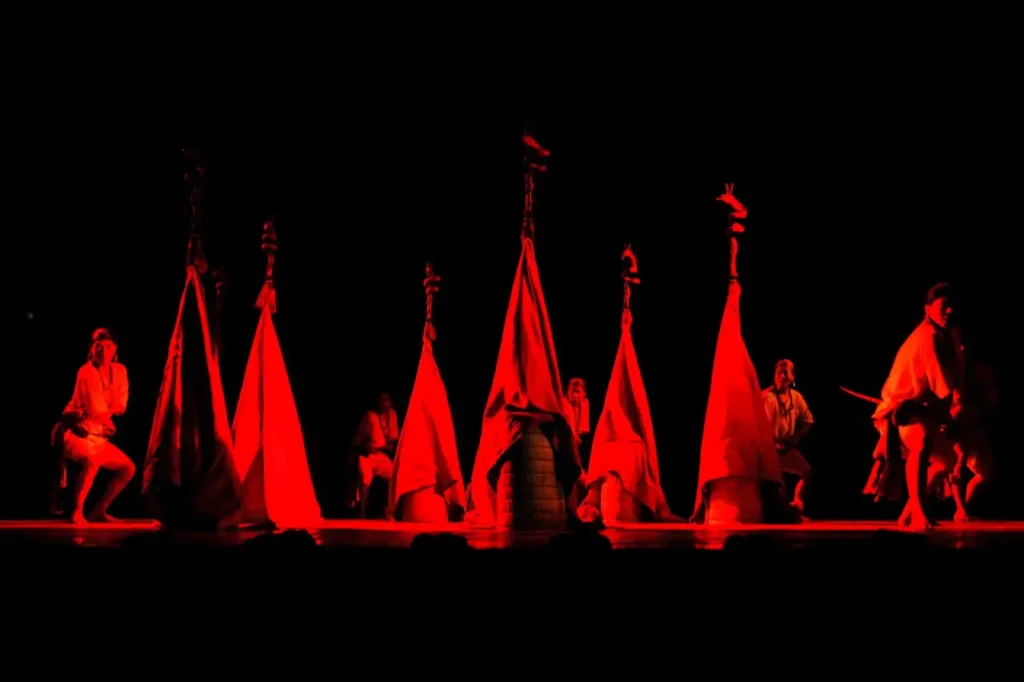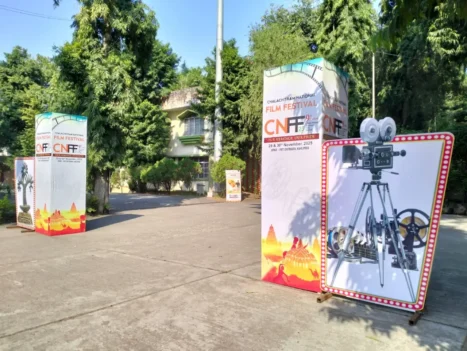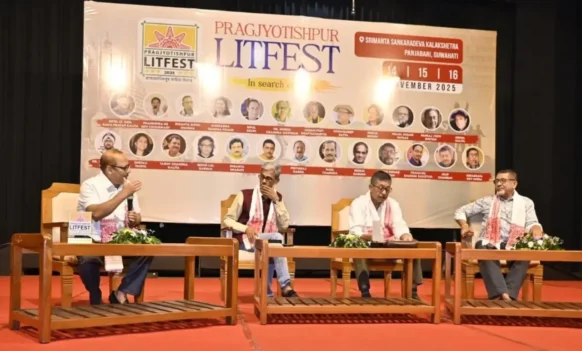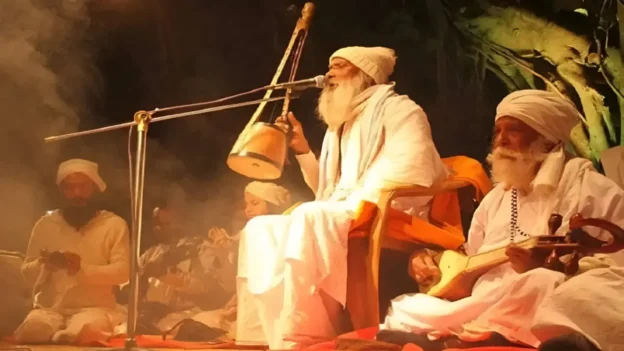Ratan Thiyam’s theatre established him as one of the most influential theatre-makers in India. The three-dimensional visual poetry and rich content of his performances have been the leading factors behind the immense applause he has received from theatre audiences across the globe. I was often moved by seeing his plays premiere in Japan or Germany, while rehearsals were still taking place in a remote corner of India’s northeast—Imphal, Manipur. It was at this point, in my youth, that my attention was first drawn towards Mr. Thiyam. Since then, throughout my entire journey in Indian theatre, I have always remained a huge admirer and disciple of Ratan Thiyam’s work. Every performance of Thiyam’s theatre that I watched, I learned something new and felt inspired by his art.
Ratan Thiyam was born on January 20, 1948, in Imphal to a family of Manipuri dance artists. Apart from painting and Hindustani classical music, he was also trained in Manipuri dance. Thiyam graduated from the National School of Drama, New Delhi, in 1974, and founded the Chorus Repertory Theatre in 1976, which became an important regional and national centre for contemporary theatre.
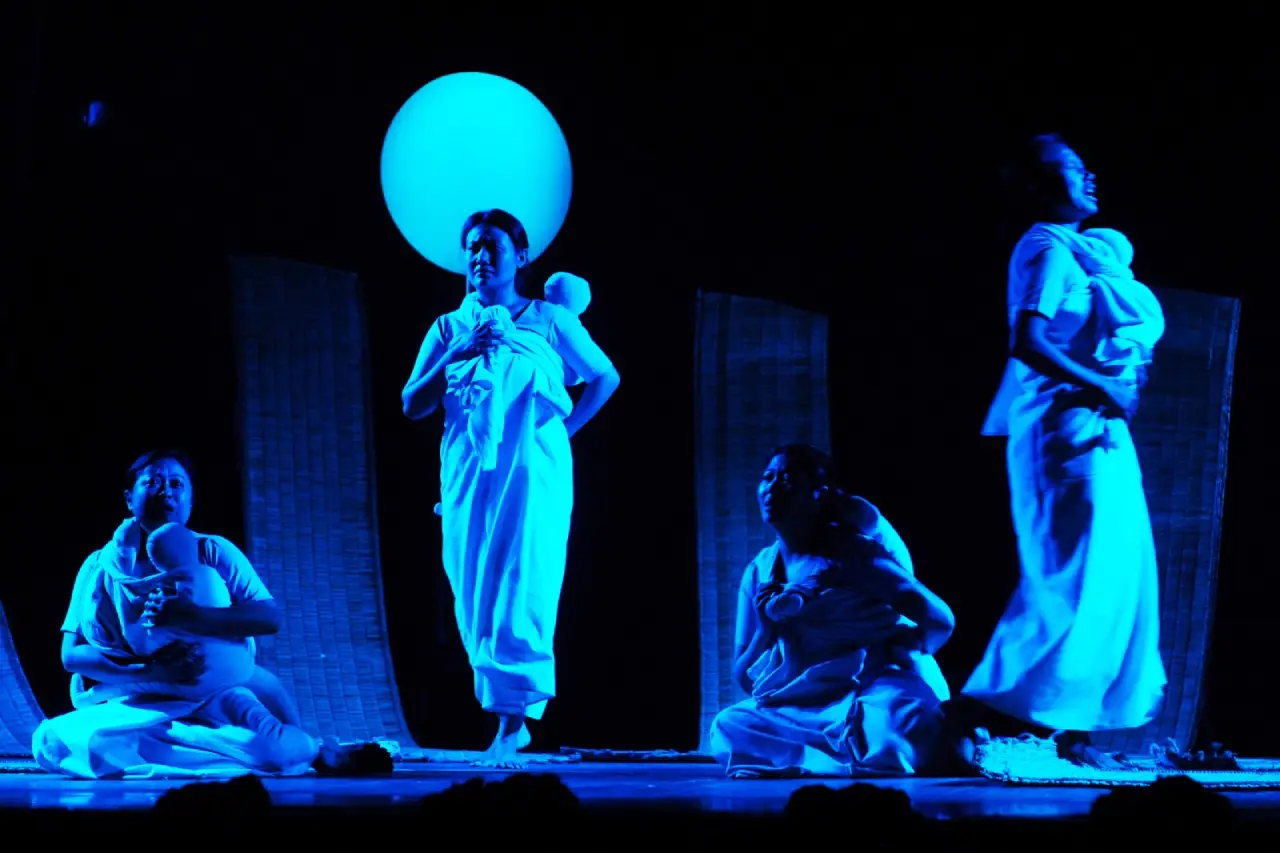
He is known for theatre that blends Indian traditions, ancient texts, and Manipuri folk culture. Using imaginative stagecraft and lighting design, his plays are touched with literary beauty and significance. Most of Ratan Thiyam’s plays are thematically Indianised and reflect a universal charm. His work demonstrates a deep concern for society and spiritual yearning amid the political chaos of the modern world. His plays infuse multifaceted analysis and varied perspectives, and are strongly influenced by Bharat Muni’s Natya Shastra. He was also inspired by ancient Greek theatre and Japanese Noh theatre. Years of study and research in performing arts shaped his approach, and he prominently used traditional Manipuri martial arts, Thang-Ta, in his plays.
Thiyam was not only a theatre director; he was also a painter, novelist, poet, sculptor, and a close observer of Manipuri traditional performances, dances, and music. He wrote and published his first novel at a very young age, and went on to write many more.
In the 1970s and 1980s, there emerged a theatre trend in India known as the Theatre of Roots. Renowned directors like K. N. Pannikar, B. V. Karanth, and Habib Tanvir all emerged from this trend. Ratan Thiyam was one of the last to follow this path. Simply put, the Theatre of Roots represented a return to Indian theatre after a long period of Western influence.
Thiyam is famous for his most outstanding works, such as Chakravyuha (The Wheel of War, 1984), Uttar Priyadarshi(The Final Beatitude, by Agyeya, 1996), Urubhangam by Bhasa, Andha Yug (Blind Age) by Dharmveer Bharati, Ritusamharam by Kalidas, Kanupriya by Dharmveer Bharti, Antigone by Jean Anouilh, Macbeth by William Shakespeare, and Raja by Rabindranath Tagore, among others.
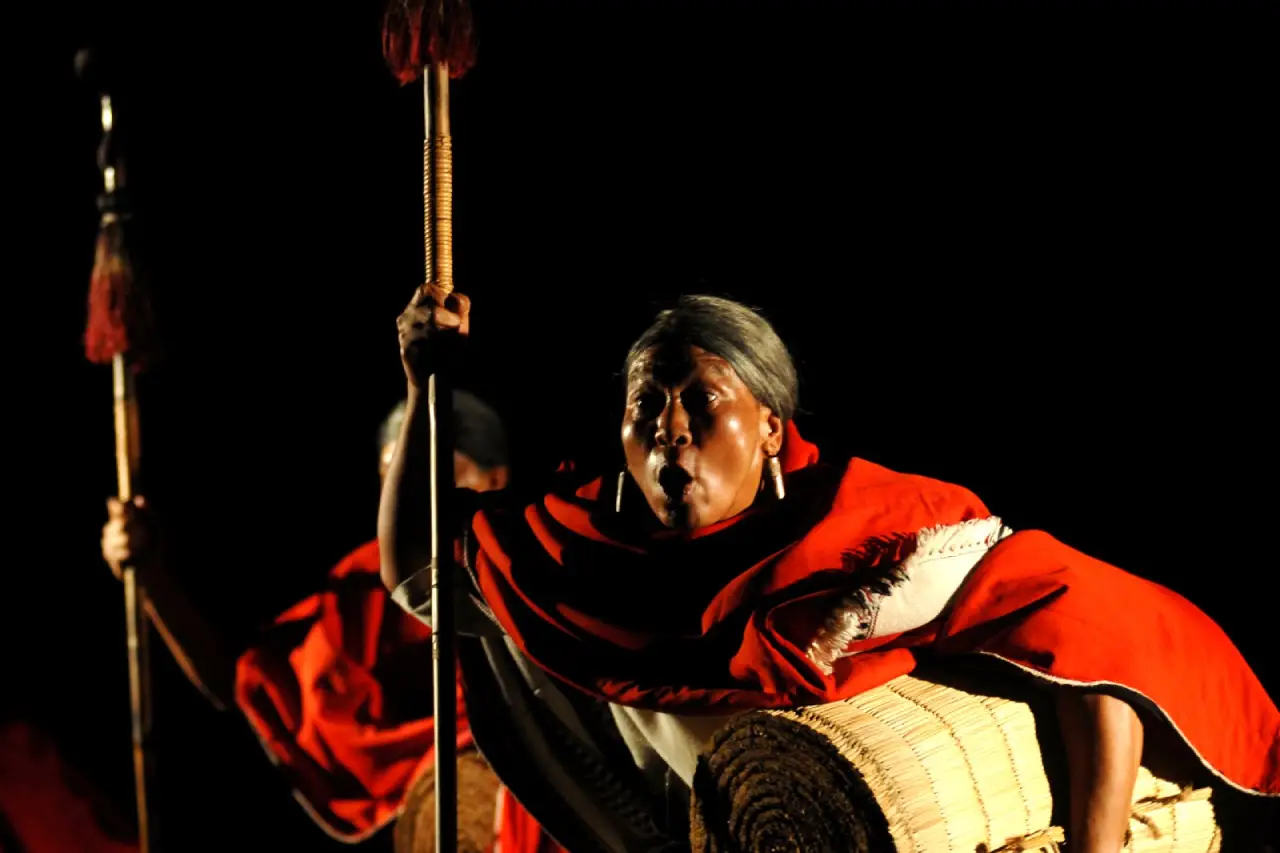
He held many prestigious positions and received national honours, including Director of the National School of Drama (NSD), the Sangeet Natak Akademi Award, a D.Litt. from Assam University, Silchar, the Sangeet Natak Akademi Fellowship (Akademi Ratna), Bharat Muni Samman, Kalidas Samman, and the Padma Shri from the Government of India.
In addition to these national awards, he was also honoured internationally, receiving the John D. Rockefeller Award from the Asian Cultural Council, USA; International Man of the Year in Theatre and Humanism; Diploma of the Cervantino International Festival (Mexico); Fringe Firsts Award by the Edinburgh International Festival; Indo-Greek Friendship Award (Greece); and many others for his landmark contributions to Indian theatre.
Interestingly, Thiyam came into the focus of public attention after he returned his Padma Shri award to the Government of India, in protest against the Centre’s announcement of an extension of Manipur’s ceasefire with the Nationalist Socialist Council of Nagaland.
This legendary theatre maestro, Ratan Thiyam, passed away at 77 on 23rd July 2025, leaving all theatre lovers in deep pain. His passing is a personal loss for me. The visionary, a sculptor of silence, a dreamer, is gone on another journey. Last salute!

